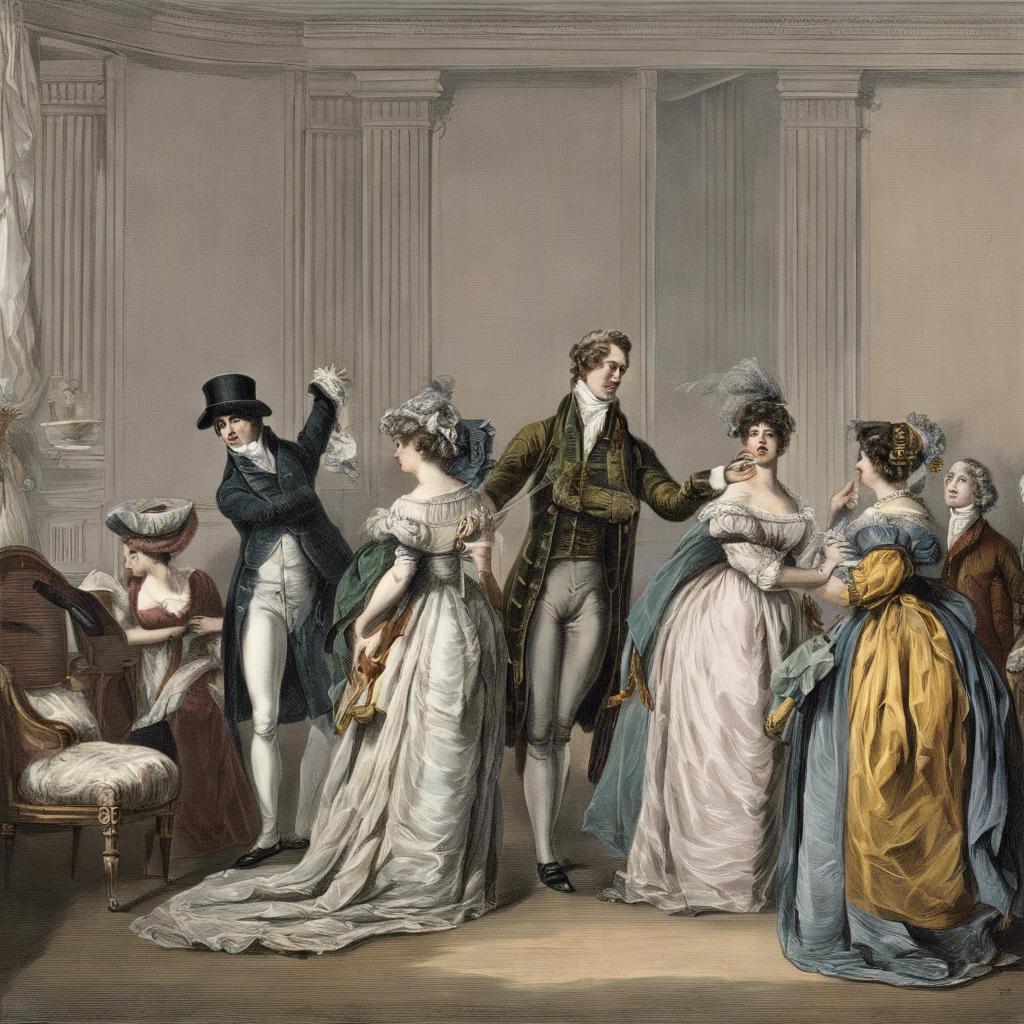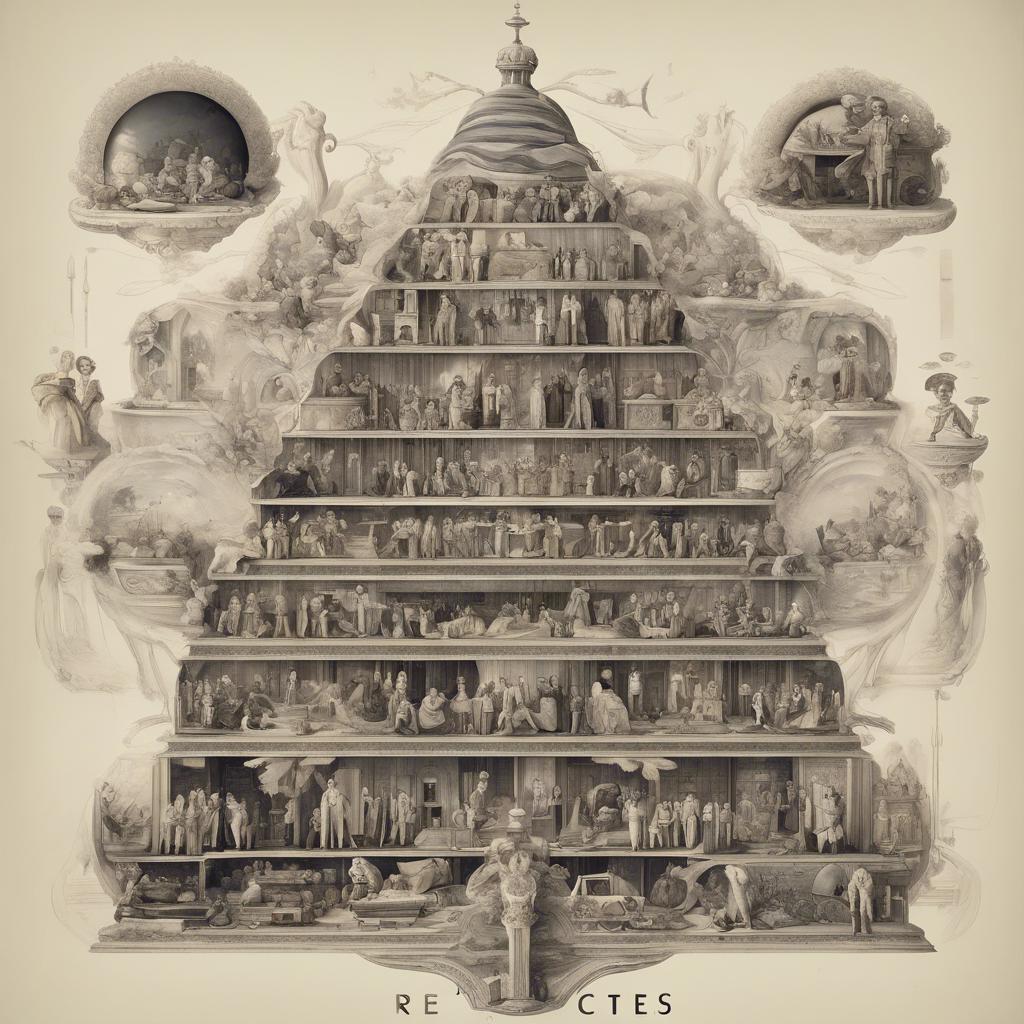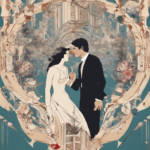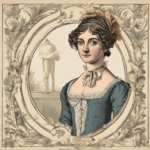The Regency era, spanning from 1811 to 1820, was a time of cultural and artistic flourishing in British society. One of the most popular forms of entertainment during this period were the plays that graced the stages of London’s theaters. From the witty comedies of manners to the dramatic tragedies, the Regency era plays reflected the social, political, and moral complexities of the time. In this article, we will delve into the world of Regency era plays, exploring their themes, characters, and enduring legacy in British theatrical history.
Step Into the World of Cheryl Bolen
Dive into the enchanting stories of love, intrigue, and elegance set in the Regency Era. Cheryl Bolen's novels offer timeless romance and captivating tales that will leave you wanting more.
Explore Cheryl Bolen's Books Now
Guide to Regency Era Plays: Exploring Themes and Cultural Context
In the Regency Era, plays served as a popular form of entertainment and cultural expression. Themes explored in these plays often reflected the social norms and values of the time, providing insight into the mindset of society during this period. By delving into the themes of Regency Era plays, we can uncover the underlying messages and beliefs that shaped the cultural landscape of the time.
Exploring Themes:
- Love and romance: Many Regency Era plays focused on regency era romance”>romantic relationships, exploring themes of courtship, marriage, and societal expectations surrounding love.
- Class and privilege: Plays often depicted the hierarchical structure of society, highlighting the disparities between the upper class and lower classes.
- Morality and virtue: Moral lessons were common in Regency Era plays, with characters grappling with issues of right and wrong, virtue and vice.
Cultural Context:
- Regency politics: Plays often reflected the political climate of the time, with subtle commentary on issues such as war, corruption, and social reform.
- Fashion and manners: The clothing, etiquette, and social customs of the Regency Era were often showcased in plays, offering a glimpse into the daily lives of the characters.
- Gender roles: Plays explored the expectations and limitations placed on men and women in Regency society, shedding light on the gender dynamics of the time.
| Play Title | Theme | Cultural Context |
|---|---|---|
| Pride and Prejudice | Love and class | Regency manners |
| The School for Scandal | Gossip and reputation | Regency politics |
| Sense and Sensibility | Romantic relationships | Gender roles |
Notable Playwrights of the Regency Era: Their Contributions to Theater
During the Regency Era, theater flourished with the works of talented playwrights who captivated audiences with their innovative storytelling and wit. These playwrights not only entertained the masses but also provided insightful commentary on the societal norms and values of the time. Let’s take a closer look at some of the notable playwrights of the Regency Era:
Jane Austen: While primarily known for her novels, Jane Austen also dabbled in playwriting during the Regency Era. Her play “Sir Charles Grandison” drew inspiration from Samuel Richardson’s novel of the same name and showcased Austen’s sharp wit and keen observations of human nature.
Sheridan Knowles: Sheridan Knowles was a prominent playwright during the Regency Era, known for his melodramatic and emotional works. His play “Virginius” was a critical and commercial success, captivating audiences with its intense plot and complex characters.
Regency Era Playhouses in London: A Closer Look at the Theatrical Scene
The Regency Era in London was a vibrant time for theatre, with a flourishing of playhouses that catered to a growing audience eager for entertainment. Let’s take a closer look at some of the most prominent theatrical scenes during this period:
Covent Garden Theatre: Known for its grandeur and luxurious interiors, Covent Garden Theatre was a popular venue for the elite of London society. The theatre showcased a variety of performances, including Shakespearean plays, operas, and ballets, attracting a diverse crowd of patrons.
Drury Lane Theatre: As one of the oldest theatres in London, Drury Lane Theatre was a key player in the Regency Era theatrical scene. With a rich history dating back to the 17th century, the theatre continued to draw audiences with its innovative productions and talented performers.
Haymarket Theatre: Situated in the heart of London’s bustling West End, Haymarket Theatre was a hub for cutting-edge plays and comedies. The theatre’s intimate setting and lively atmosphere made it a favorite among theatre-goers looking for a more informal and engaging experience.
Uncovering the Intricacies of Regency Era Dramas: Themes, Characters, and Influences
In the world of Regency era dramas, themes of love, class hierarchy, social norms, and personal identity are intricately woven together to create captivating narratives that continue to resonate with audiences today. These plays often explore the complexities of human relationships and the consequences of societal expectations on individual choices.
Characters in Regency era dramas are richly developed, portraying a wide range of personalities from the rebellious heroine challenging societal conventions to the brooding hero grappling with inner turmoil. Each character contributes to the overall storyline, adding depth and nuance to the unfolding drama.
The influences behind Regency era dramas stem from the cultural, political, and literary landscape of the time. From Jane Austen’s insightful commentary on society to the historical events shaping the era, these plays are a reflection of the diverse influences that shaped the Regency period.
In Retrospect
the regency era was a time of great innovation in the realm of theatre, with a flourishing of new plays and theatrical styles. From the wit and satire of playwrights like Sheridan and Austen, to the extravagant spectacles of melodrama and pantomime, the stage was truly a reflection of the societal changes and cultural shifts of the time.
As we delve into the world of regency era plays, we gain a deeper understanding of the complexities and contradictions of this fascinating period in history. The plays of the regency era continue to captivate audiences and scholars alike, serving as a window into the past and a testament to the enduring power of the theatre.
So, next time you find yourself in a theatre or reading a play from the regency era, take a moment to appreciate the rich tapestry of stories and characters that have stood the test of time. For in the words of playwright Richard Brinsley Sheridan, “A well written play is a pie that you can eat from the crust to the bottom”. And indeed, the regency era plays are a feast for the mind and the soul.


